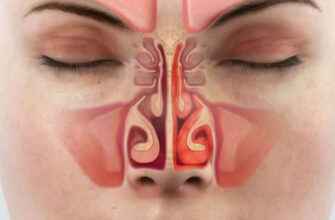Blood clot in the lungs, medically known as pulmonary embolism, is a potentially life-threatening condition that requires immediate medical attention. A blood clot in the lung can cause a range of symptoms, which can vary depending on the size and location of the clot. In this article, we will discuss ten early signs and symptoms of a blood clot in the lungs.
1. Shortness of breath:
Shortness of breath is one of the most common symptoms of a blood clot in the lungs. It can occur suddenly or gradually and may worsen with exertion or when lying down. You may feel like you can’t catch your breath or that you are gasping for air.
2. Chest pain:
Chest pain is another common symptom of a blood clot in the lungs. It can be sharp or dull, and may feel like a tight band around your chest. The pain may worsen with deep breaths or coughing.
3. Rapid heartbeat:
A rapid heartbeat, also known as tachycardia, is a common symptom of a blood clot in the lungs. It occurs when your heart beats faster than normal in response to the decreased oxygen supply to the body.
4. Coughing:
Coughing is a common symptom of a blood clot in the lungs. The cough may be dry or produce blood-streaked sputum.
5. Dizziness:
Dizziness or lightheadedness can occur with a blood clot in the lungs. It can be caused by a lack of oxygen to the brain.
6. Fainting:
Fainting, also known as syncope, can be a symptom of a severe blood clot in the lungs. It occurs when there is a sudden drop in blood pressure due to a lack of oxygen in the body.
7. Sweating:
Sweating is a common symptom of a blood clot in the lungs. It occurs when the body tries to regulate its temperature due to decreased oxygen supply.
8. Leg swelling:
Leg swelling can occur with a blood clot in the lungs. It is caused by a blockage of blood flow in the veins, which can result in fluid buildup in the legs.
9. Blue lips or nails:
Blue lips or nails, also known as cyanosis, can occur with a blood clot in the lungs. It is caused by a lack of oxygen in the body.
10. Feeling anxious:
Feeling anxious or apprehensive can be a symptom of a blood clot in the lungs. It can be caused by a lack of oxygen to the brain or the fear of a potentially life-threatening condition.
In conclusion, if you experience any of the above symptoms, it is important to seek medical attention immediately. A blood clot in the lungs can be a serious condition that requires prompt treatment to prevent complications or even death.











